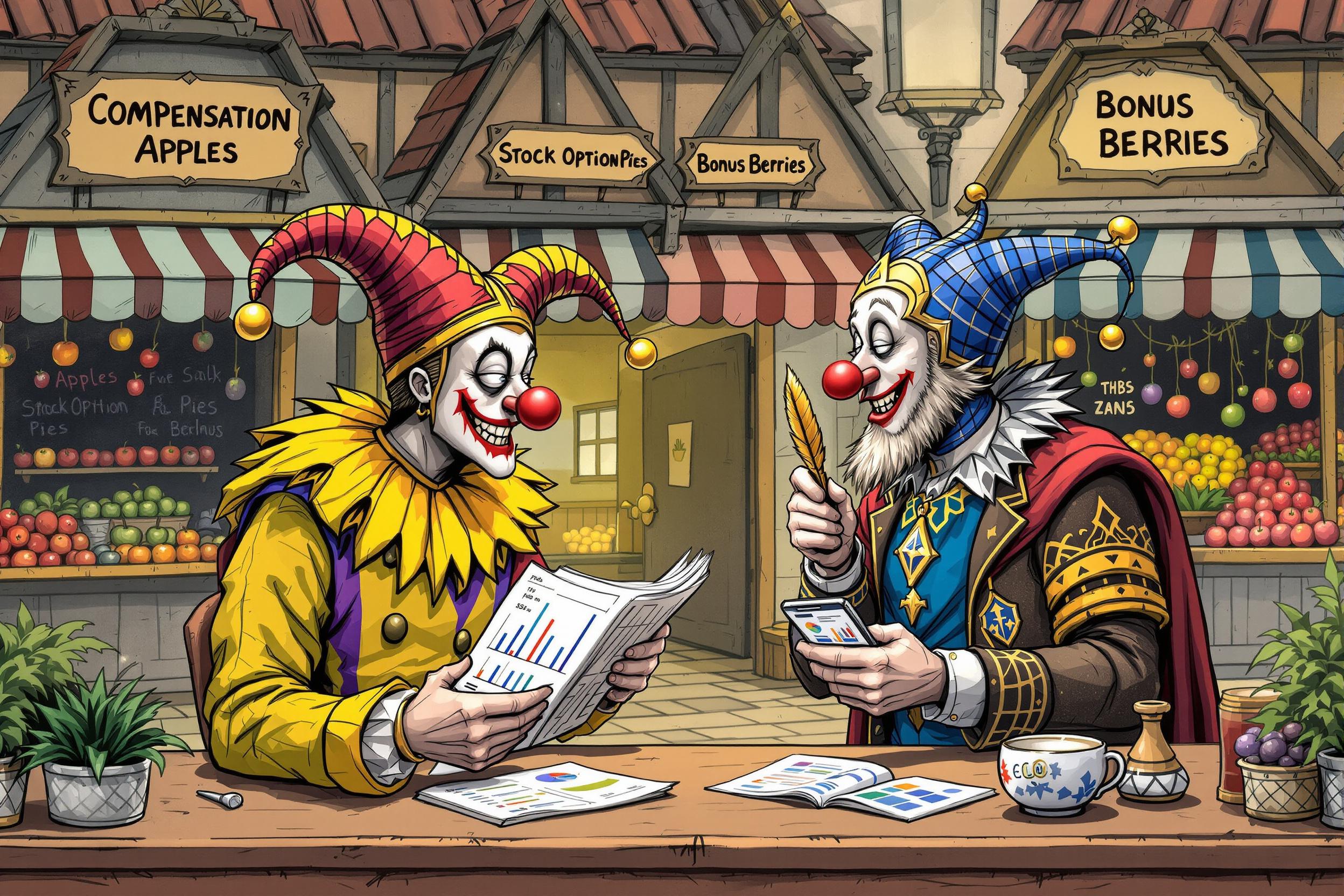
Price Guide
A Price Guide is a essential reference tool used in the antiques and collectibles industry to determine the market value of items. It provides detailed listings of items with their estimated values, historical sale prices, and condition ratings. Think of it like a 'Blue Book' for antiques - just as car dealers use guides to price vehicles, antique dealers use these to price collectibles. They can be physical books, online databases, or specialized software that helps dealers make informed decisions about buying and selling items.
Examples in Resumes
Maintained and updated Price Guide database for over 5,000 vintage items
Used Price Guide expertise to accurately value estate collections
Created detailed Price Guides for specialized categories including vintage toys and furniture
Conducted market research to develop comprehensive Price Guide listings
Typical job title: "Antique Appraisers"
Also try searching for:
Where to Find Antique Appraisers
Professional Organizations
Online Communities
Industry Resources
Example Interview Questions
Senior Level Questions
Q: How do you handle significant value discrepancies between different price guides?
Expected Answer: A senior appraiser should explain their process of cross-referencing multiple sources, considering regional market variations, and using recent auction results to make final value determinations. They should also mention building relationships with specialists for consultation on rare items.
Q: How do you stay current with market trends and value fluctuations?
Expected Answer: Should discuss monitoring auction results, attending trade shows, networking with other dealers, subscribing to multiple price guides, and maintaining databases of recent sales in their specialty areas.
Mid Level Questions
Q: How do you determine the condition rating of an item and its impact on value?
Expected Answer: Should explain the standard condition grading scale, common factors that affect value, and how to adjust price guide values based on condition variations.
Q: What factors do you consider when pricing items not found in standard price guides?
Expected Answer: Should discuss researching similar items, considering rarity, condition, and market demand, and consulting with other experts or specialty guides.
Junior Level Questions
Q: What are the basic elements you look for when using a price guide?
Expected Answer: Should mention checking item descriptions, condition ratings, date of publication, and understanding price ranges rather than exact values.
Q: How do you verify that an item matches its price guide listing?
Expected Answer: Should explain comparing physical characteristics, markings, measurements, and materials to ensure accurate identification before applying guide values.
Experience Level Indicators
Junior (0-2 years)
- Basic price guide navigation and usage
- Understanding condition ratings
- Basic item identification
- Knowledge of common collectible categories
Mid (2-5 years)
- Advanced item authentication
- Market trend analysis
- Multiple guide cross-referencing
- Specialty category expertise
Senior (5+ years)
- Complex valuation analysis
- Rare item expertise
- Market prediction capabilities
- Training and mentoring ability
Red Flags to Watch For
- Unable to explain basic condition grading systems
- No knowledge of major price guides in the industry
- Lack of understanding about market variations
- No experience with authentication methods
- Poor knowledge of how age and rarity affect value
Related Terms
Need more hiring wisdom? Check these out...

The Hidden Art of Salary Negotiation: How to Win Hearts Without Going Broke

Cutting HR Costs Without Sacrificing Quality: A How-To for Savvy Executives

The Ultimate Guide to Hiring PHP Developers in 2024: Beyond the Technical Checklist

